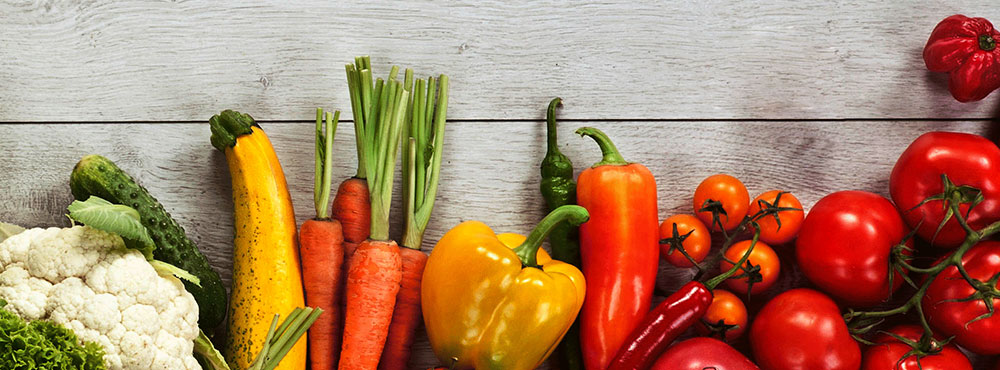Coconut Ice Cream
- 20 Apr - 26 Apr, 2024

Nutritional Profile
· Dried oregano provides 265 calories per 100gm; 4.3g of fat, 25mg of sodium, 9g of protien and 69g of carbohydrate.
Interesting facts
· There are around 36 varieties of oregano that are native to central Asia and Mediterranean countries. This plant is also known as wild marjoram because it is closely related to the sweet marjoram (another popular spice).
· Name “oregano” originates from Greek language and it means “delight of the mountains”. It is a perennial plant, which means that it lives more than two years in the wild.
· Oregano became popular in the USA after the second World War when American soldiers returned home from the battle fields in Italy where the spice is used in abundance.
· Ancient Greeks believed that cow’s meat becomes more tasteful when cows consume oregano as a regular part of their diet.
· Chemical compounds from oregano repel insects. Because of that, oregano may act as natural insecticide when it is planted in the garden.
Health benefits
· Oregano contains vitamin A, C and K and minerals such as iron and manganese.
· Oregano was initially used as medical plant before it became popular as spice. Aromatic oils and chemicals from oregano can relieve stomach ache and prevent bloating.
· It also alleviate respiratory difficulties. Oregano can be used against sea sickness.
· It also shows antimicrobial and antifungal properties, which means that it can be used against bacterial and fungal diseases. "Therapeutic" oregano can be consumed in the form of tea or ointment.
· Applied topically, it may help treat a number of skin conditions, such as acne and dandruff.
Study
· Scientists from Germany and Switzerland have identified an active ingredient in oregano, known as beta-caryophyllin (E-BCP), which may help treat disorders such as osteoporosis and arteriosclerosis.
COMMENTS